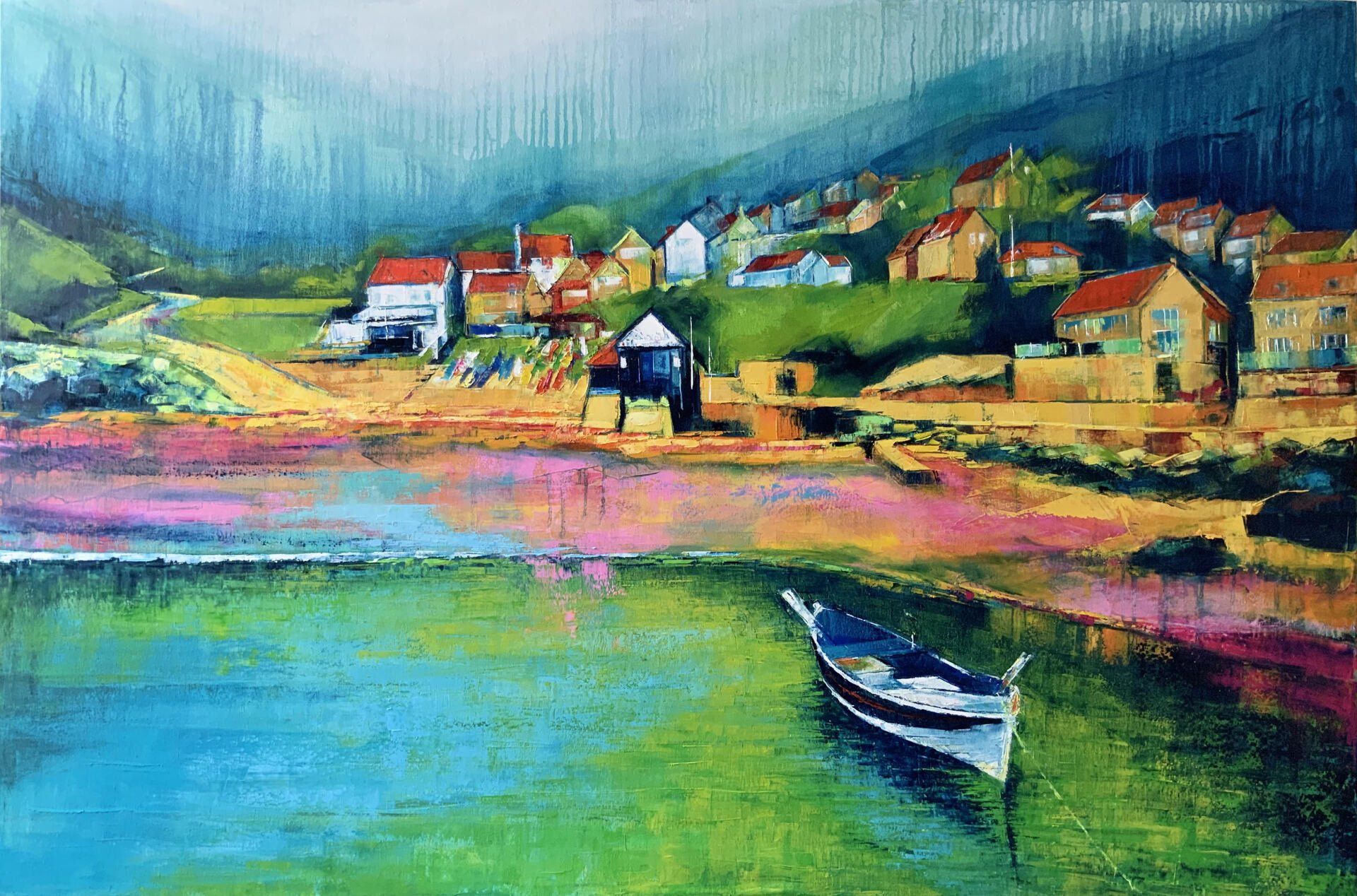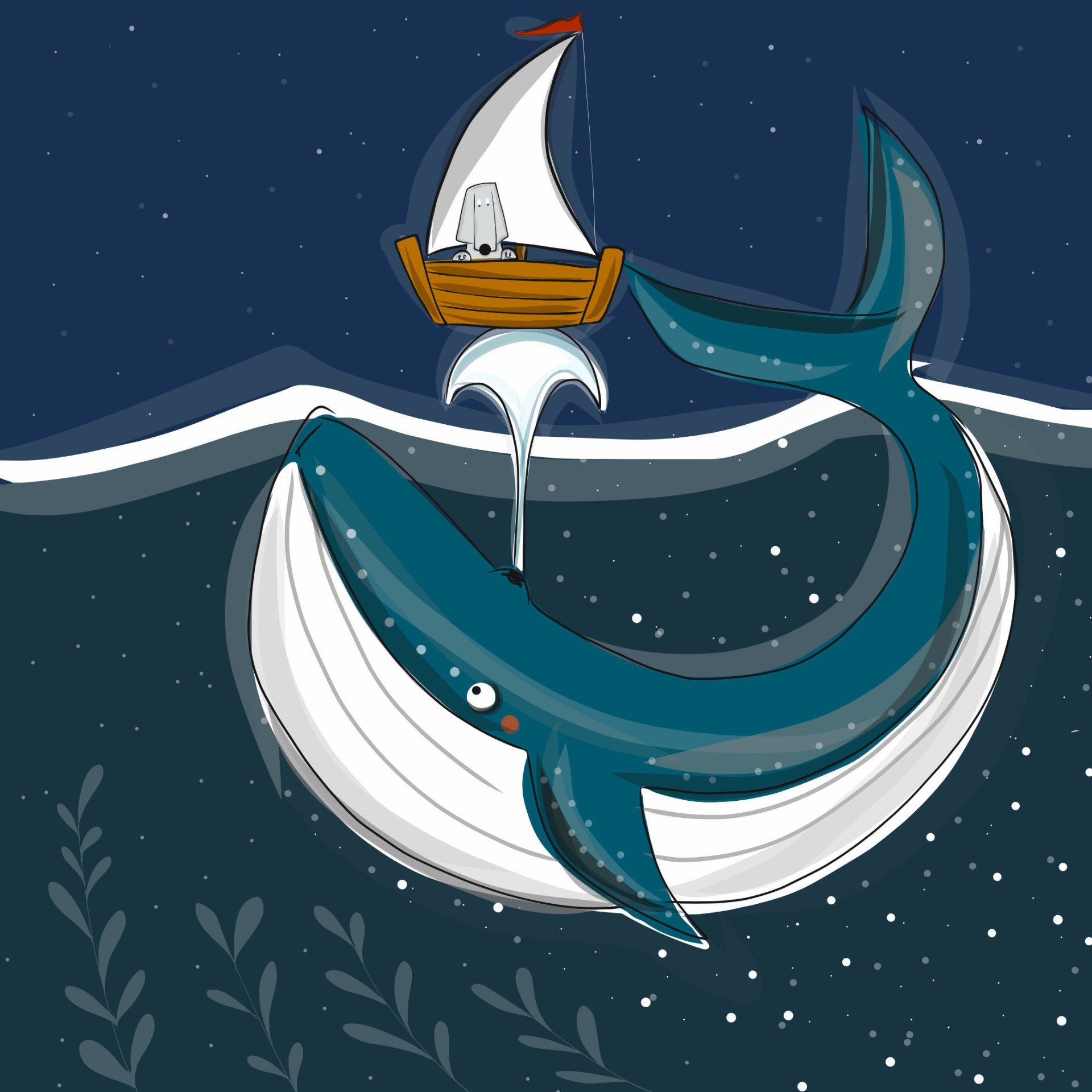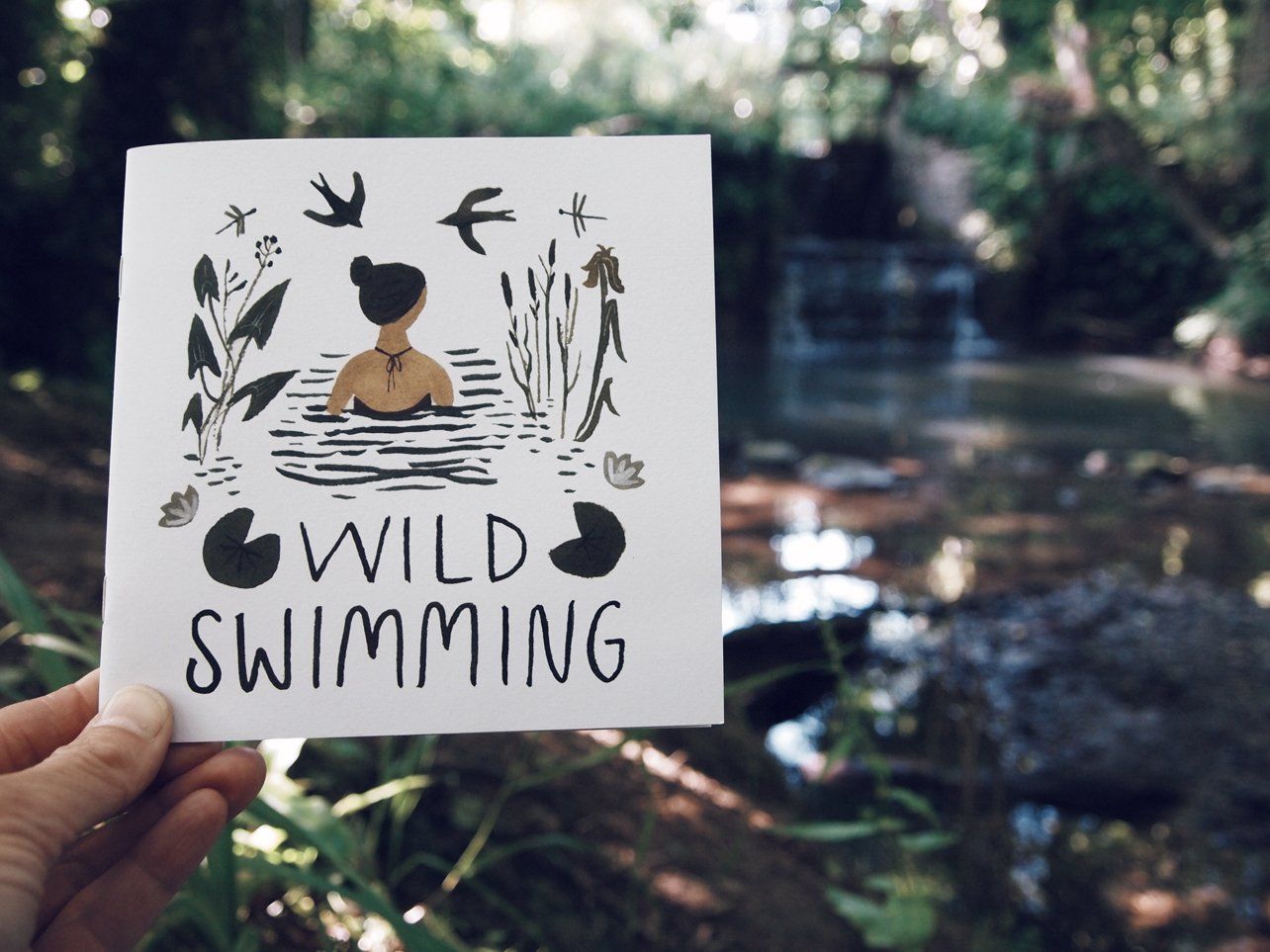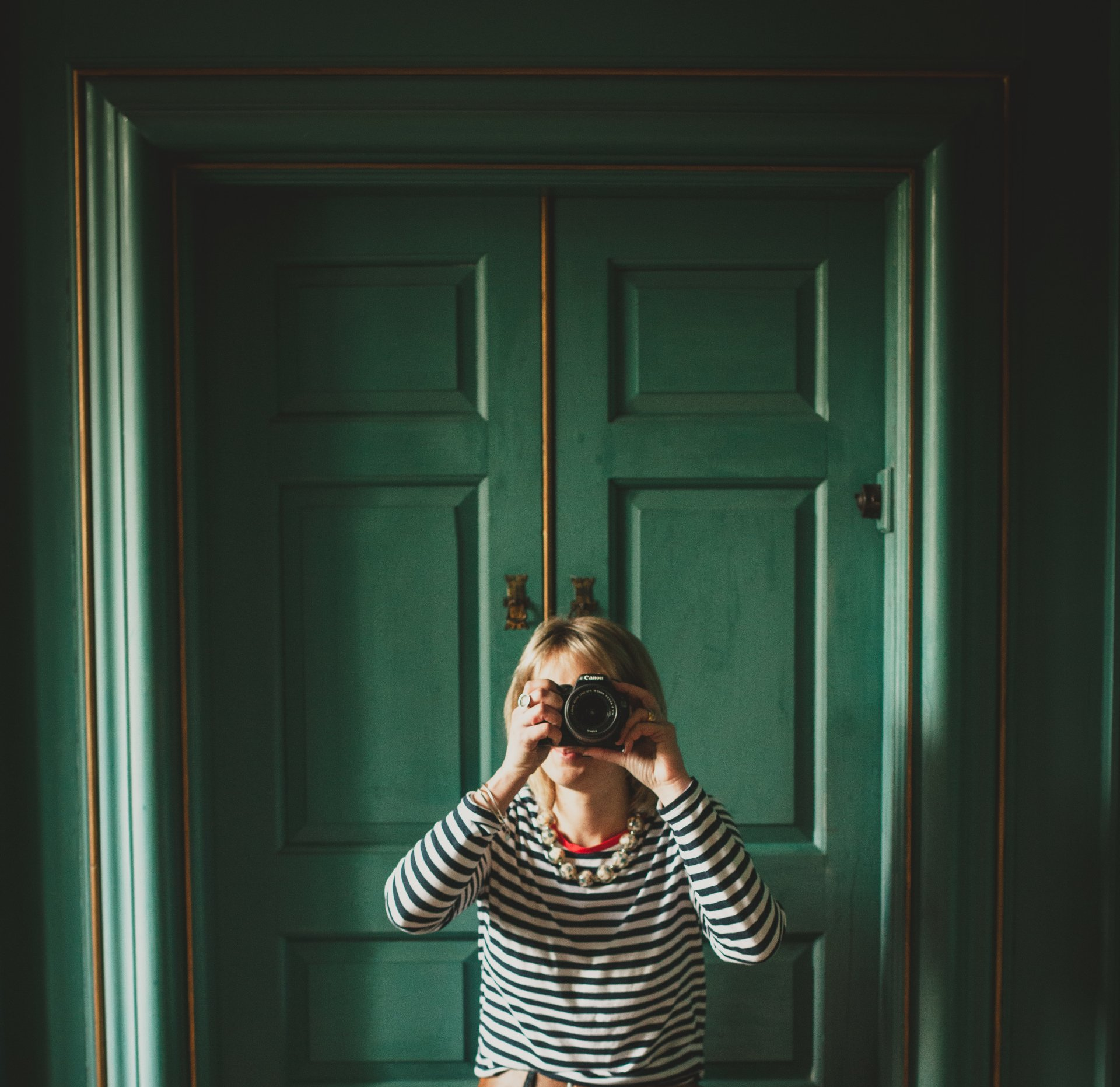Wild Swimming with Flora Jamieson
Author of THE most beautiful book Wild Swimming, Flora Jamieson is a contemporary stained glass window designer
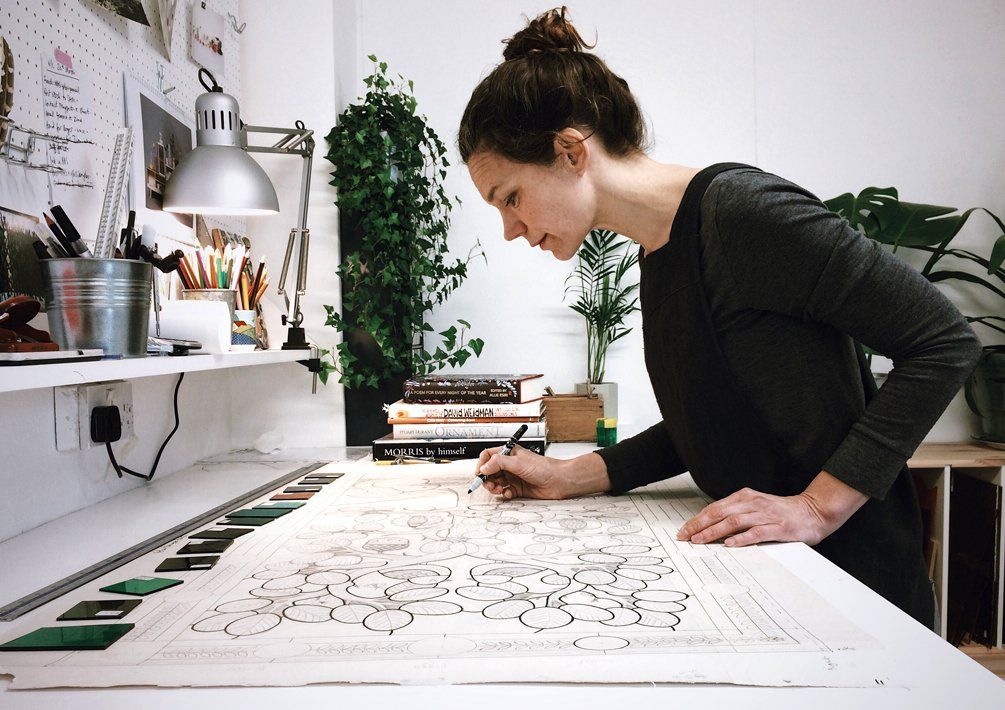
So let's chat about your BEAUTIFUL book Wild Swimming, it's a little different to your stained glass work. The idea was originally for the fabulous Sisterhood Camp wasn’t it? (which I am gutted is no more!) How did the idea actually come around and what made you decide to continue to make it?
Yes, the idea behind it was to make it as a gift for guests at a talk I was giving at the Sisterhood Camp retreat, hosted at Fforest in Wales. I wanted to put together a booklet with a few safety pointers, but which also conveyed the joy and beauty of swimming outdoors. I contacted Gemma as I loved her illustrations, and thankfully she was into the idea! I think having Gemma on board really focussed my mind on getting it done, because I knew her illustrations would make the book something special. Also having a deadline (the talk at the retreat) helped, although there might have been a couple of all nighters to get it done on time!!
In a nutshell what's in the book?
It's an introduction to wild swimming, with practical advice, safety tips and health benefits, as well as inspiring quotes, useful resources and beautiful illustrations by Gemma. The guide is really for those wishing to dip their toe into the glorious pursuit of wild swimming in lakes, rivers, pools, waterfalls and the sea.
Gemma (@gemmakoomen) did the illustrations for the book, have you worked with her before or was this a first time collab?
I actually approached Gemma out of the blue. I had followed her work on Instagram for a while and really felt a connection to it. It was one of those “if you don’t ask you’ll never know” situations.
The book took on a bit of a life for itself and had wide spread fantastic press – were you expecting it to do so well and do you think you'll do anymore?
The success of the book was amazing. It is always a surprise to see orders still coming in from all over the world. This year I decided to give the book its own Instagram account, having previously just used my stained glass account, and that has allowed new people and stockists to discover it. I have had a couple of ideas about doing another book project, but things have been so busy with stained glass for the past 3 years that I genuinely haven’t had time.
What’s next on the agenda for you – what are your plans? where can we see your work?
Having worked flat out on commissions for the past few years, I’d like to get back to making smaller pieces and playing with new ideas. I need to get better at not taking on too much to free up time for creating more work in my own style. One thing I would like to do, is collaborations with other artists and creatives. There is something very rewarding and energising about the process.
Do you have any specific other creatives that you really champion and suggest anyone wanting to start out should go check out?
There are so many that it’s hard to know where to start, but I have really enjoyed following the careers of
Jono Smart the potter - @Jonosmart,
Luke Hope a wood carver - @hopeinthewoods,
Chloe Rosetta Bell another potter - @chloerosettabell
and Sophie Sellu a wood carver - @grainandknot
Seeing them putting in the work and honing their craft has been really inspiring.
and finally any advice to creatives and artists just starting out in business or about to head to Uni?
My advice would just be to stick at it. It’s hard when you’re starting something new and it isn’t going the way you want it to, or the work you’re producing doesn’t feel good enough, but just keep going, keep improving, keep learning. Remember that making mistakes and getting it wrong is just an inevitable part of the learning process.
Take every opportunity that comes your way that excites you, and seek out people who inspire you - build a network of other artists and makers and support each other.
Buy Wild Swimming the pocket sized guide and see more wonderful illustrations @thelittlewildswimmingbook
Follow Flora's beautiful Stained Glass Work @theroundwindow
or contact her directly for commissions and restorations - www.florajamieson.co.uk
